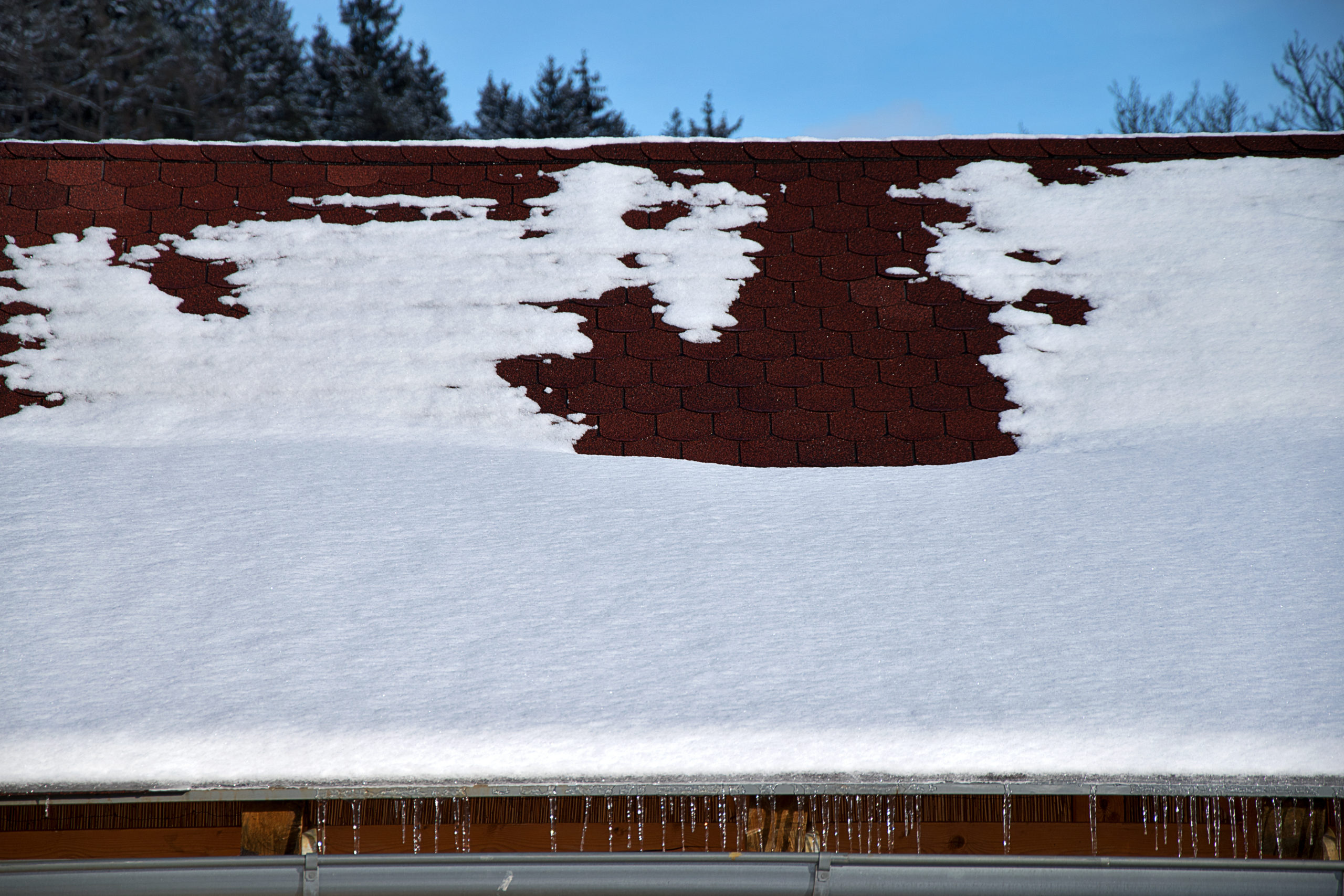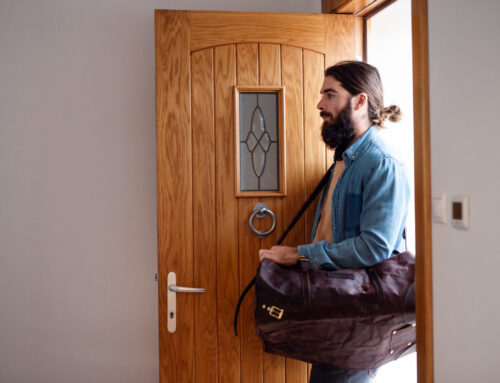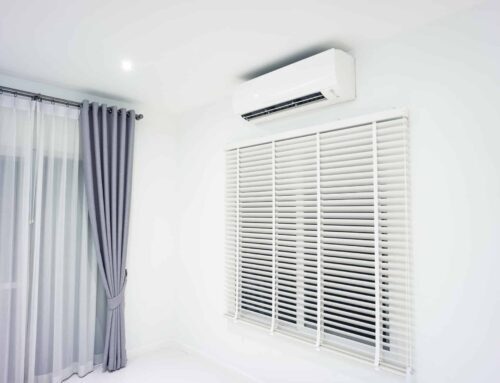Challenges when roofing in winter:
The Shingles- Asphalt shingles actually lose some their flexibility in cold weather. You may find it difficult to cut asphalt shingles in cold weather. The temperature of the asphalt shingles and the humidity in the air will affect the process of driving nails on the roof using pneumatic guns. Over or under-driving fasteners are common during winter months. The pressure settings for warm weather in the pneumatic gun needs to be adjusted when it is cooler.
The Sealants- The sealant that will seal the asphalt shingles together to prevent the wind from getting under the shingles are lifting them. Sealants are activated by heat and sunlight. The sealant on asphalt shingles installed in cold weather will not activate right away. It may not activate until Spring. Winter blow-offs can cause havoc on the roofing shingles due to this reason. Most shingle manufacturers recommend hand-sealing every asphalt shingle to prevent them from lifting due to winter blow-offs. But it may add a lot of work to the project and increase the cost of roofing.
Basic human nature- Worker productivity is actually at its lowest when laboring outside in extreme conditions. Any person working outside in extreme conditions isn’t going to do his best work. Working in heavy boots and coats is time-consuming. Most workers may try to take short cuts to get things done quickly without proper supervision. Winter conditions make the roof more slippery. Workers need to devote extra time to safety due to this.
Tips for roofing in cold weather conditions:
- Make sure to remove dangerous hazards such as debris and snow when roofing in cold conditions. It will save a significant amount of time on your roofing project. Wet snow is heavy and may place a lot of weight on the roof. Certain areas of the roof can become vulnerable to damage and collapse when there is snow on the roof. Work carefully to eliminate cold weather hazards before you start working on the roof.
- Hot boxes can save your money by keeping the roofing products from freezing without overheating them. Hot boxes are great for cold weather storage, transporting, freeze protection, job site heating, and winter roofing. A standard Hot Box will hold the roofing product between 100°F and 120°F.
- Use guardrails when working in cold conditions. Guardrails will protect the worker from falling off steep slopes. Guardrails are an easy and temporary installation when working in cold conditions.





